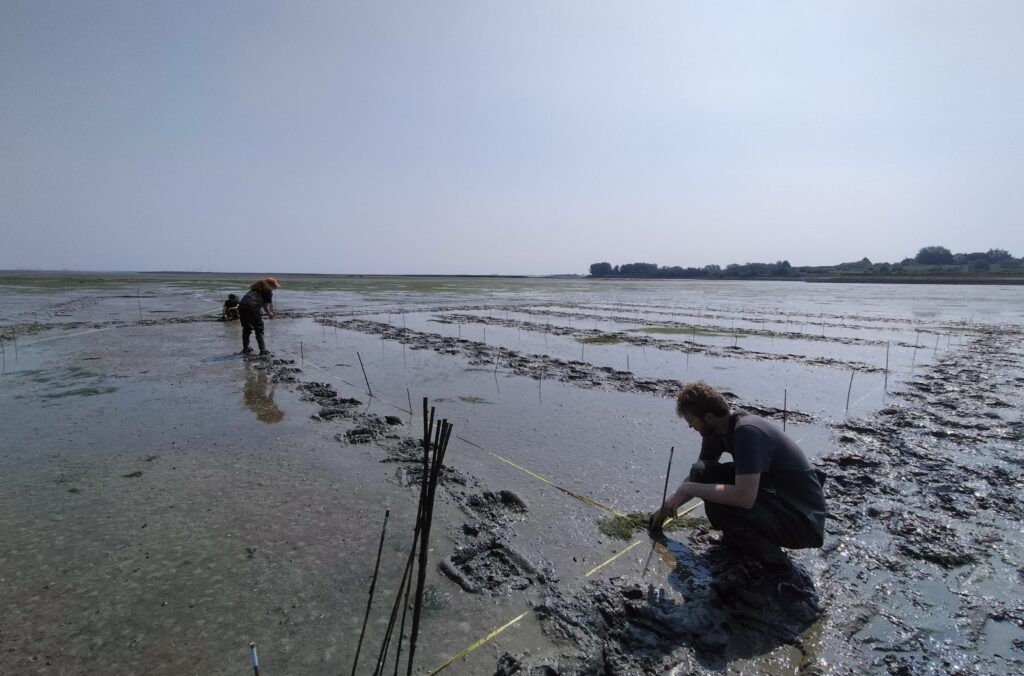Recovering essential seagrass meadows
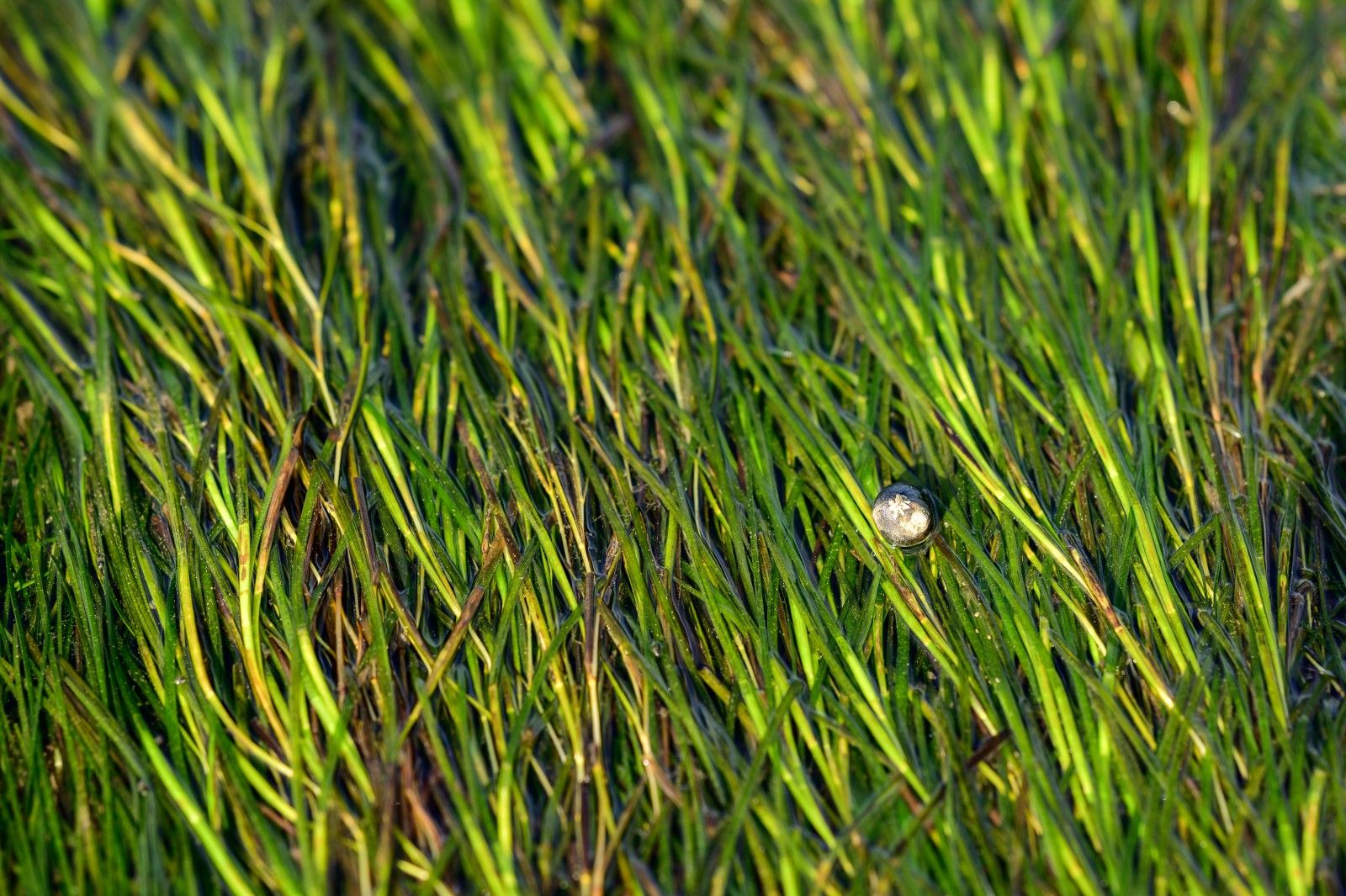
An estimated 44% of our seagrass has been lost since 1936, of which 39% has gone since the 1980s.
Restoring the Thamescape
Intertidal seagrass beds, native oyster reefs, and saltmarsh are all individual habitats that – when healthy – support an abundance of biodiversity. They also provide essential functions including sequestering carbon, stabilising sediment and improving the quality of our water. However, restoring these habitats simultaneously as a continuous seascape can increase the number and quality of services they provide. Restoring the Thamescape – a project led by the Zoological Society of London (ZSL) and focused on the Greater Thames Estuary – aims to restore seagrass, native oysters and saltmarsh holistically to create cleaner water, sequester and store carbon, increase biodiversity, and reconnect surrounding communities with their local blue spaces.
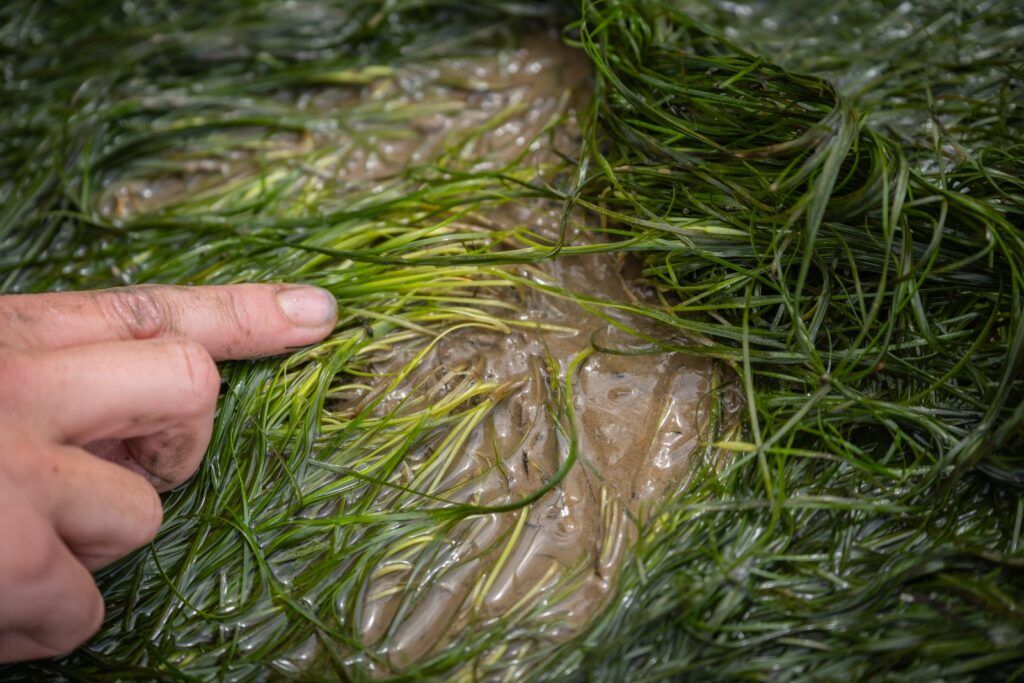
Securing seagrass in the UK
PTES intern Josh Smith is working on the Thames Estuary project, which is currently focused on seagrass restoration. Seagrass is an important marine habitat that has declined drastically in the UK over the past century. An estimated 44% of our seagrass has been lost since 1936, of which 39% has gone since the 1980s. A team at ZSL has been conducting seagrass restoration since 2022, studying existing seagrass beds whilst attempting to expand seagrass coverage and create new beds. The two species of seagrass that grow in the UK are common eelgrass (pictured at the top of page) and dwarf eelgrass. Restoring the Thamescape is largely restoring dwarf eelgrass, which we know less about. It’s an intertidal species, meaning the areas where it grows can be accessed on foot at low tide, as long as you have the appropriate equipment to deal with the mud!
Restoring critical habitats in the Thames
Embedded in the team at ZSL, Josh is conducting fieldwork aimed at monitoring the success of Restoring the Thamescape’s seagrass restoration efforts. Dwarf eelgrass has been planted at trial sites on the Medway and Swale estuaries, using two different techniques. The first involves transplanting sediment cores containing whole plants, taken from an existing seagrass bed that we know is healthy and resilient enough to withstand the removal of some plants for restoration. The second is a technique known as Direct Injection Seeding (DIS), which involves harvesting only the seeds from plants in the healthy bed, and planting them directly into the sediment at the new site using a modified caulking gun. It’s important to evaluate the success of these different techniques, as well as other variables that could effect the survival of the restored plants, including the planting layout and environmental factors such as turbidity (how much sediment is in the water) and sediment type.
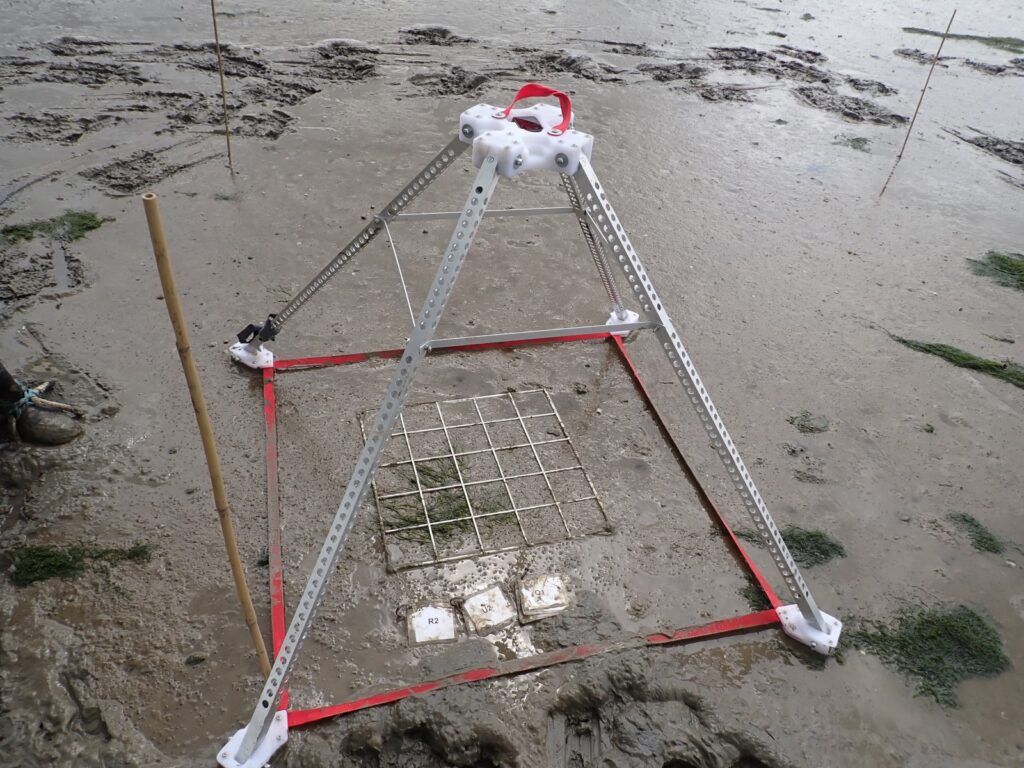
As well as analysing and reporting on the data gathered from monitoring surveys, Josh will be creating communications and social media material, to promote the project and raise awareness of the fragile state of seagrass and other coastal and marine habitats in the UK. He’ll also begin looking into ways to make the monitoring of restored seagrass more efficient, potentially by using automated tools for the analysis of the images from monitoring surveys. Josh is hopeful that his project will improve the future for seagrass and the species that depend on it in the Thames Estuary and around the UK.
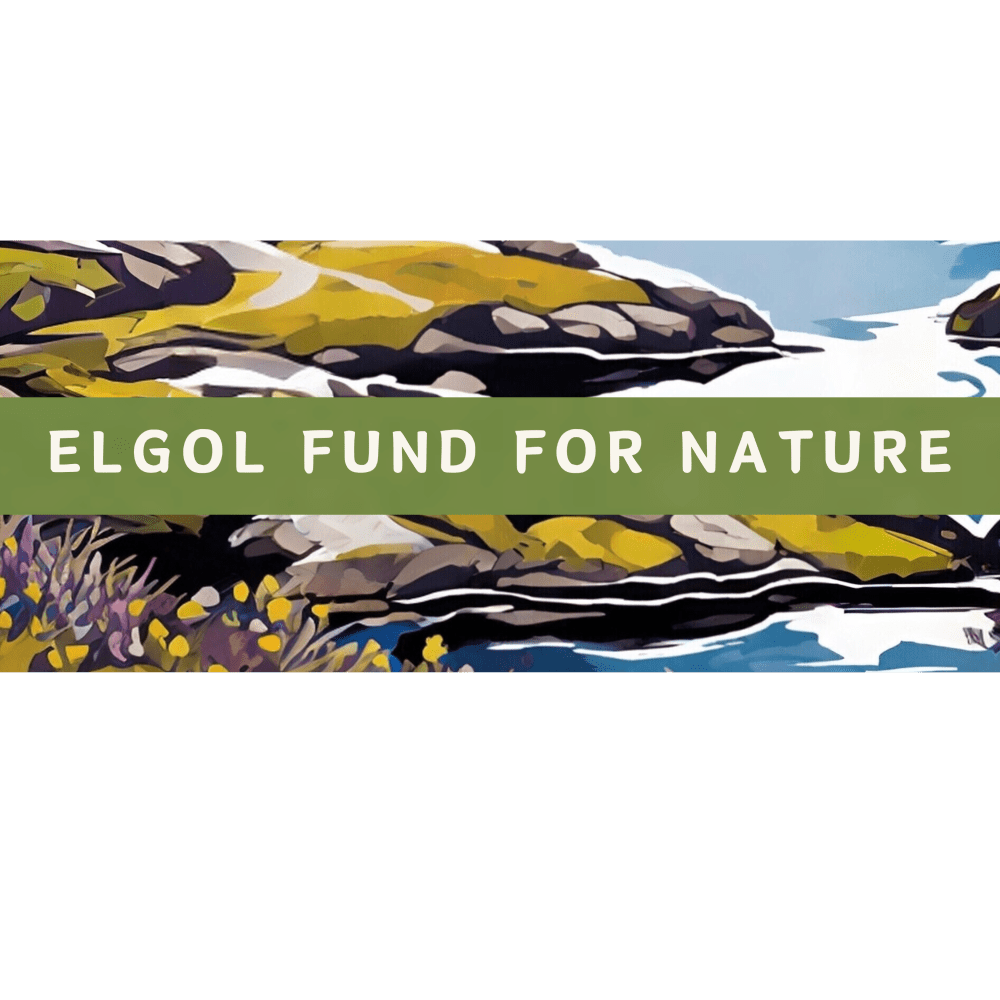
Thank you to the Elgol Fund for Nature for their generous support of our internship programme.

